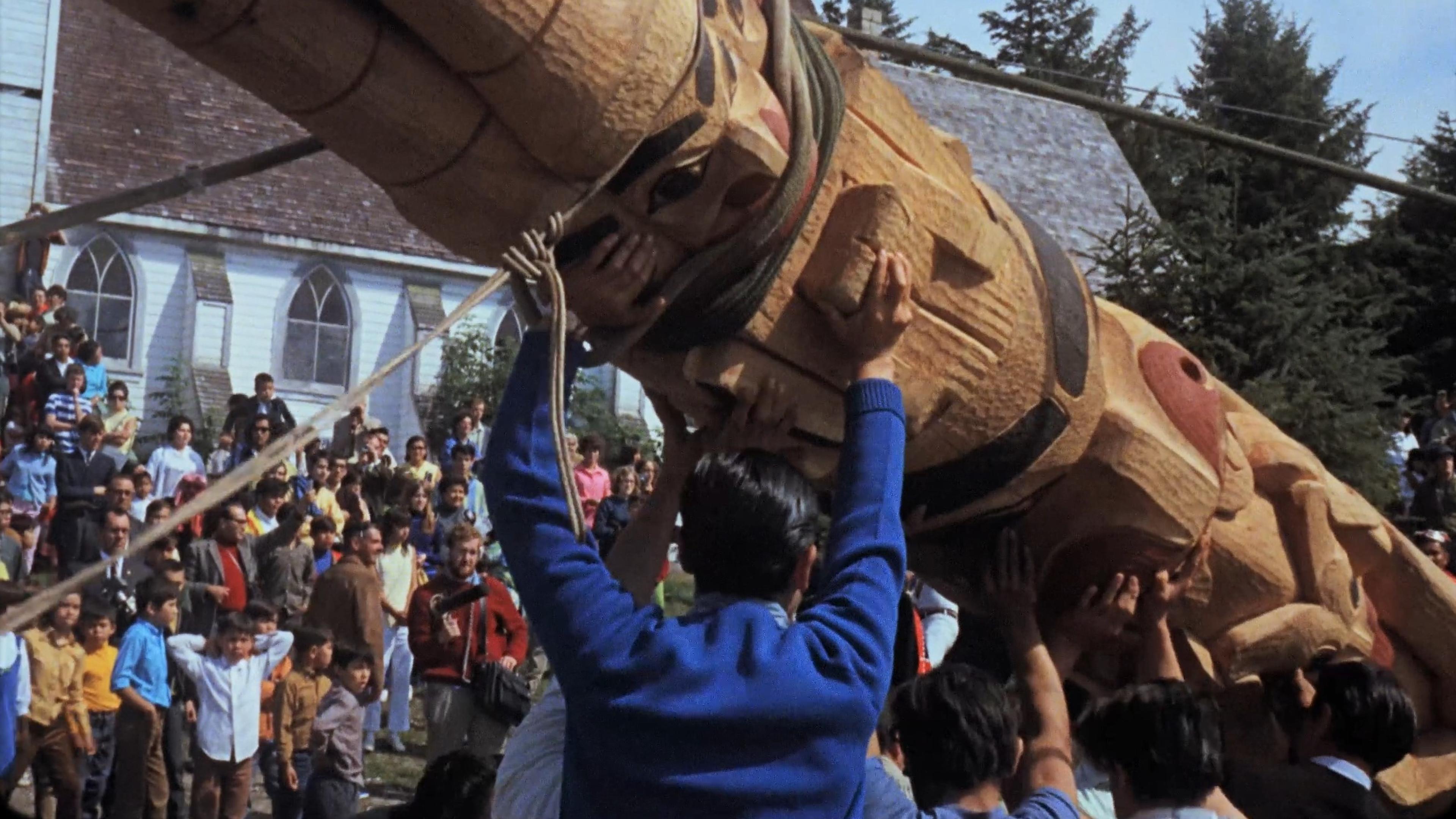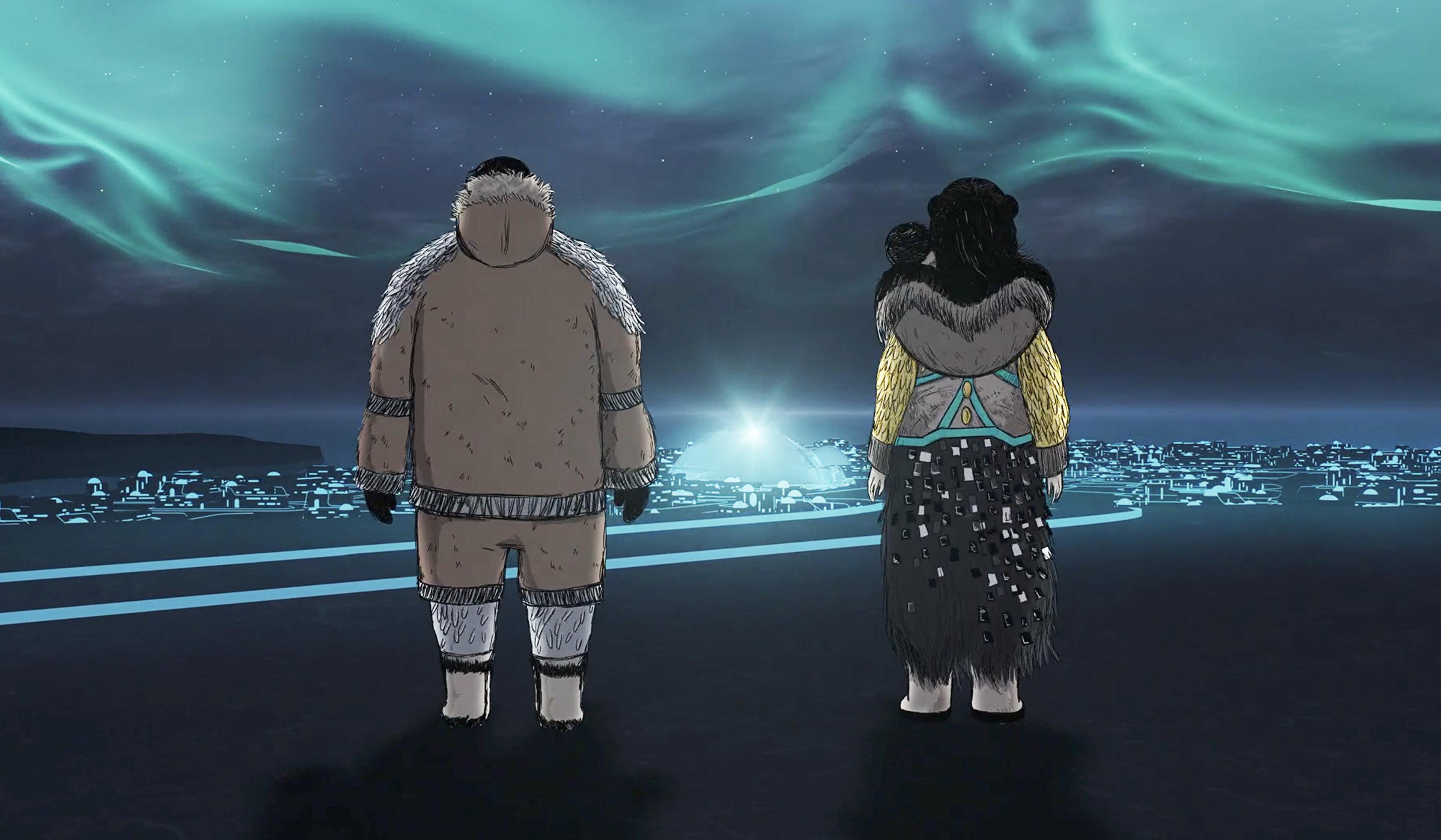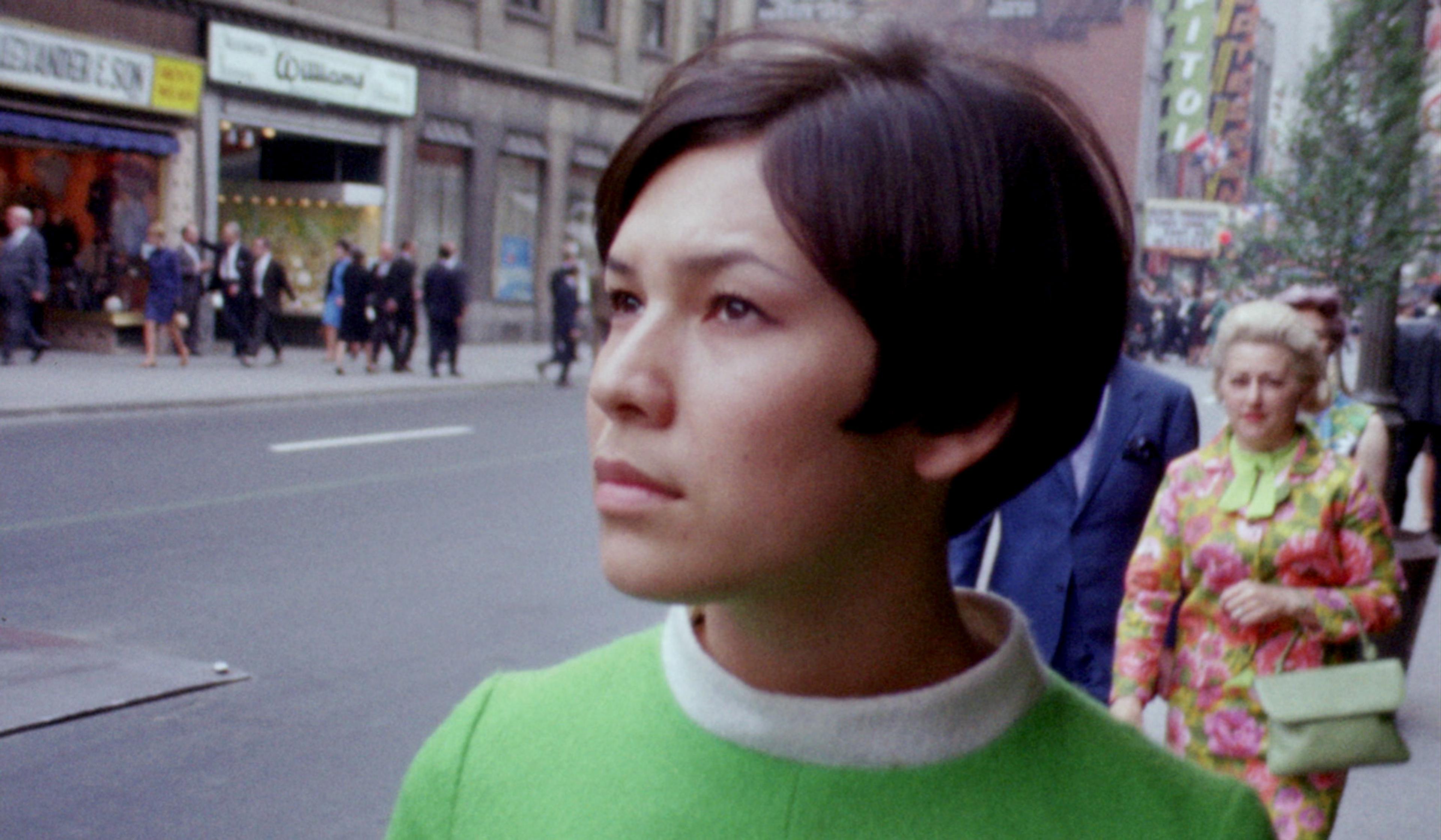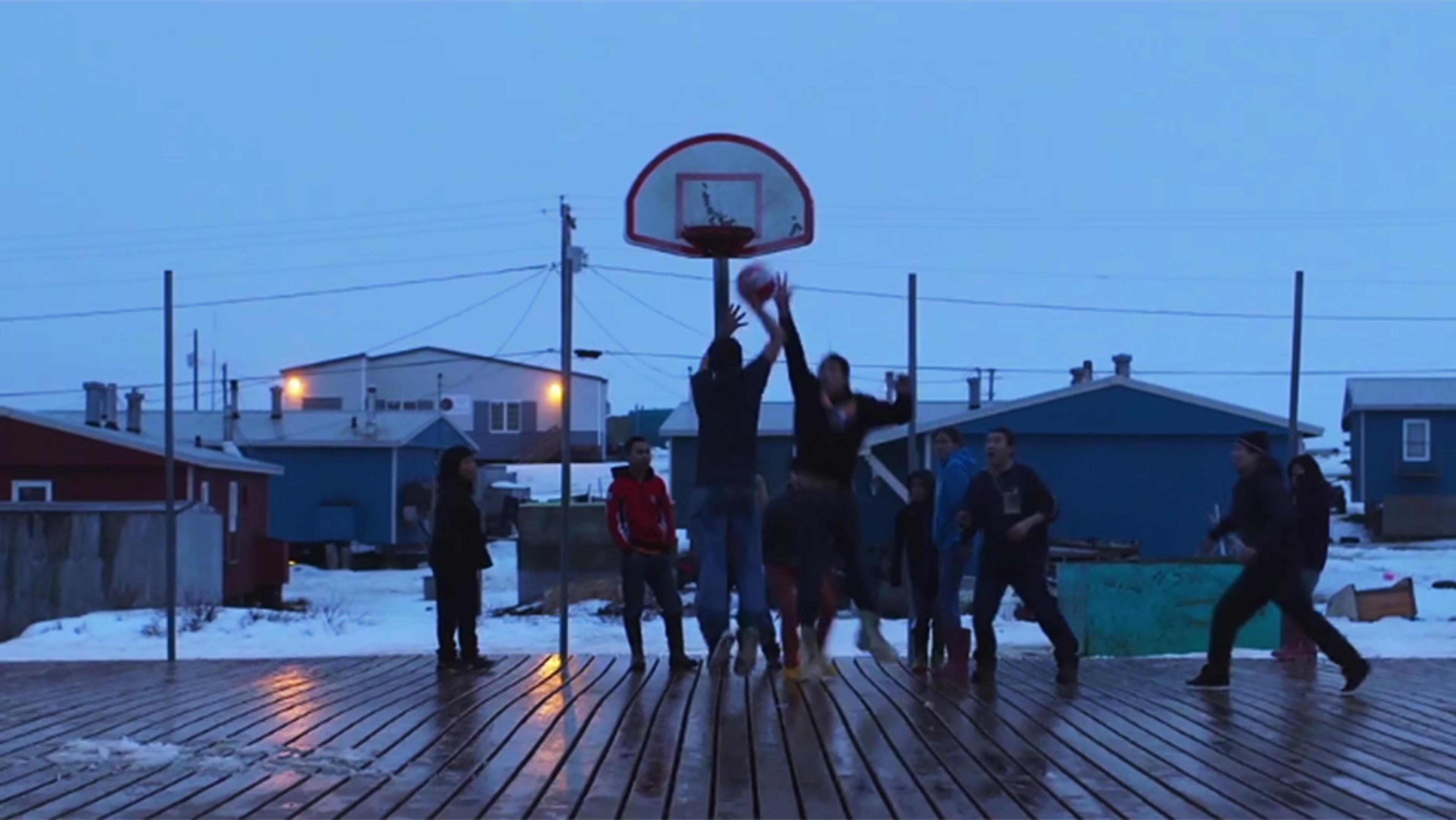Located in the Yukon Valley in a remote stretch of northwest Canada, Dawson City is known as a Klondike Gold Rush town. However, for many centuries before gold was discovered in the area in 1896, and long after the Gold Rush had ended just a few years later, the region has been inhabited by the Tr’ondëk Hwëch’in people. This experimental animation from the Dawson City-based filmmaker Dan Sokolowski explores how Tr’ondëk Hwëch’in storytellers and geologists view Ëdhä Dädhëcha̧, or Moosehide Slide – a prominent rock-slope formation that, today, dominates the view from Dawson City’s Main Street, and has long held deep significance to the local Indigenous people. Alternating between a text that describes a ‘prehistoric, pseudo-circular rock-slope failure’ in the technical language of science, and a Tr’ondëk Hwëch’in story that recalls how locals once used the landslide to fight off cannibals in the evocative language of myth, the piece makes for a rich contrast between these two very distinct ways of seeing, knowing and understanding.
An Indigenous myth and a geological survey elicit two ways of knowing one place
Director: Dan Sokolowski

videoRituals and celebrations
How a village’s first totem pole ceremony in a century sparked a spiritual awakening
16 minutes

videoSubcultures
Come ice-fishing in the deep Canadian winter with an all-Indigenous, all-female crew
5 minutes

videoAnthropology
A riveting collage portrays a century of Inuit history, and envisions a vibrant future
14 minutes

videoNature and landscape
From canoes to cities, a frenetic celebration of the power of indigenous Canadians
4 minutes

videoEcology and environmental sciences
Life in one of Canada’s northernmost villages, where the land is sinking into the sea
24 minutes

videoSports and games
Basketball in the Yukon – how sport is helping revitalise culture and community
17 minutes

videoNature and landscape
Prairies, bison and nuclear warheads – a 2002 postcard from North Dakota
23 minutes

videoEngineering
Can monumental ‘ice stupas’ help remote Himalayan villages survive?
15 minutes

videoKnowledge
Yes, the Inuit have dozens of words for snow – but what does each one mean exactly?
6 minutes